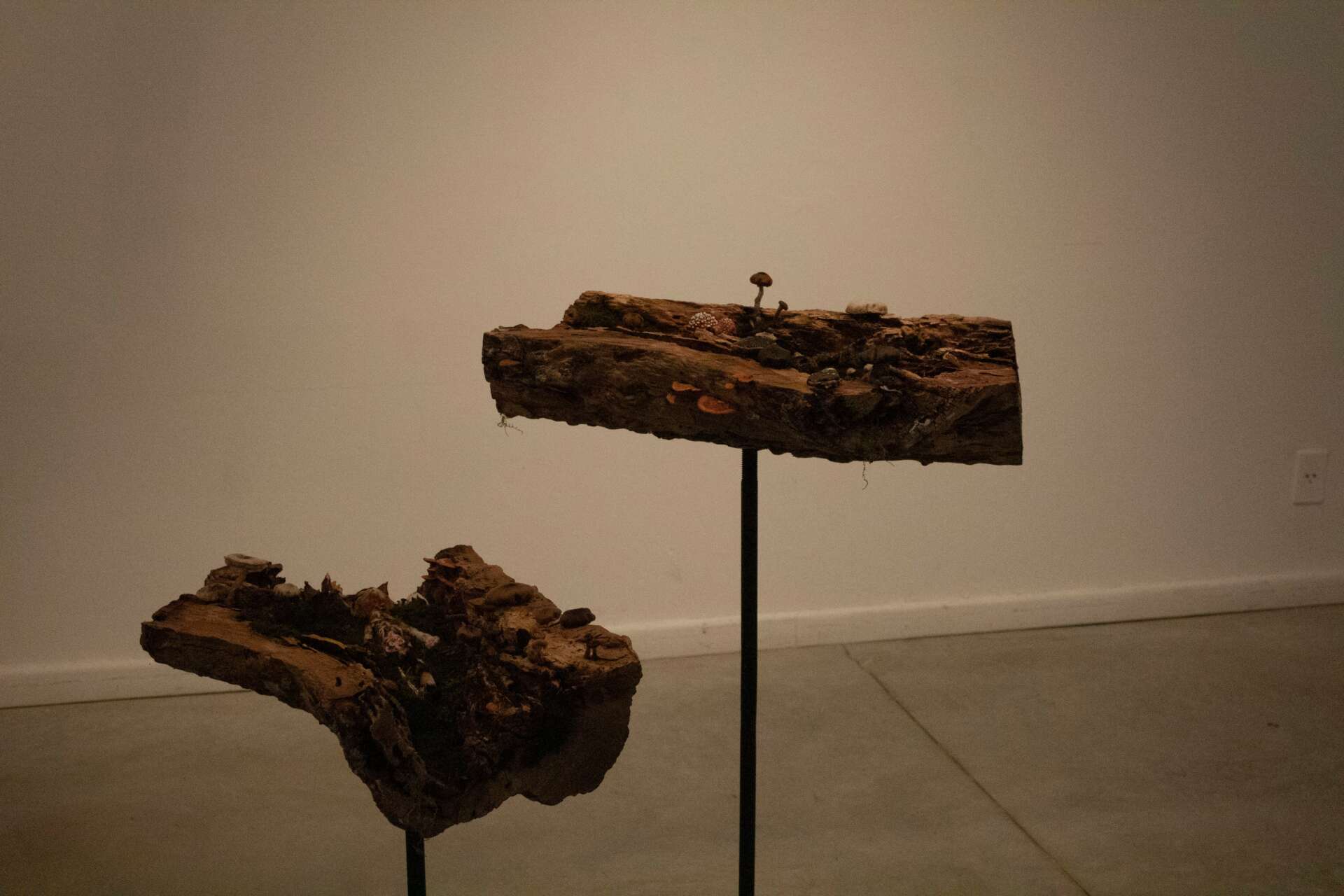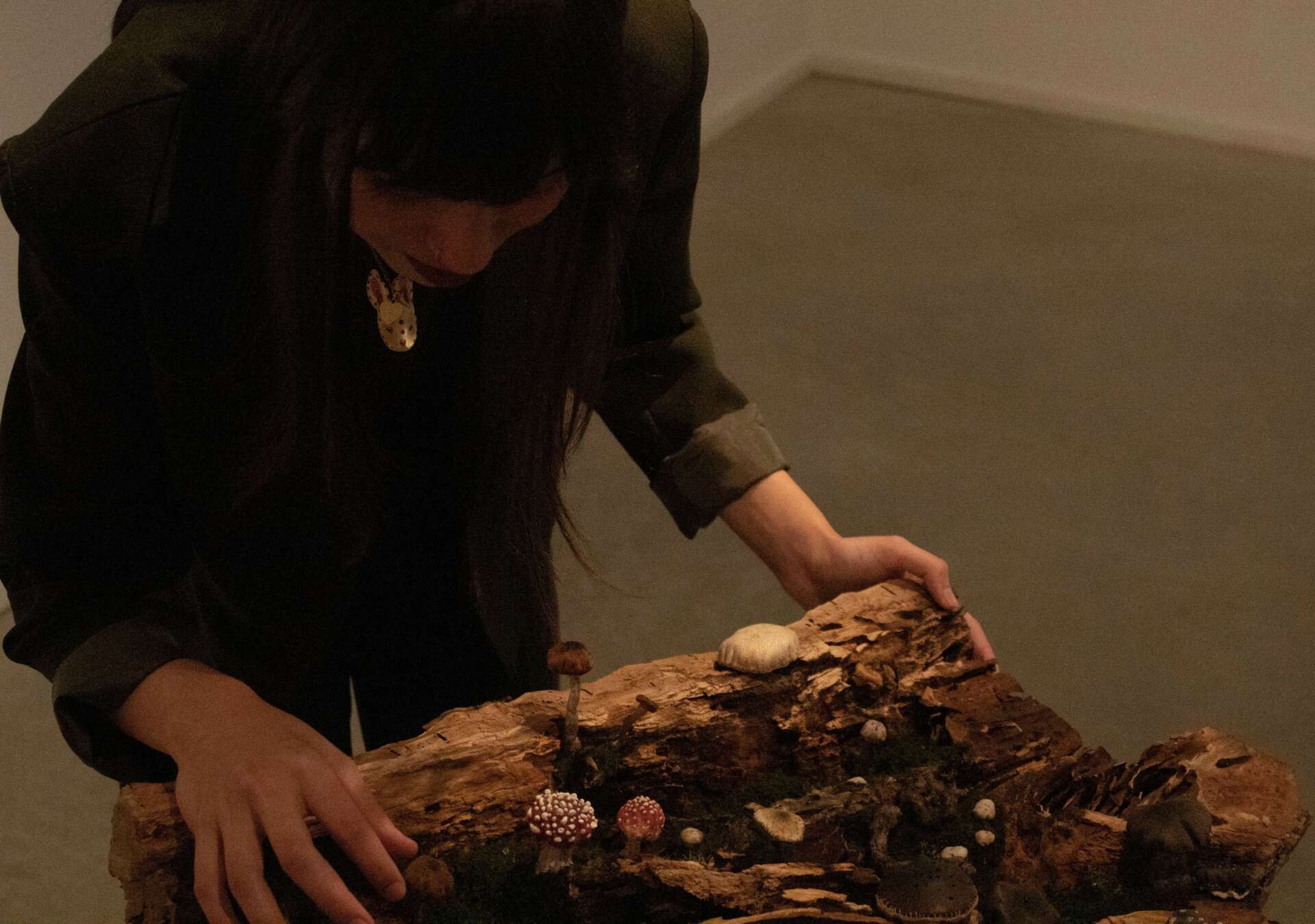We caught up with the brilliant and insightful Jordana Pedroso a few weeks ago and have shared our conversation below.
Jordana, thanks for joining us, excited to have you contributing your stories and insights. When did you first know you wanted to pursue a creative/artistic path professionally?
Since I was a child I had a lot of contact with artistic materials and different techniques. My sister took painting classes, my grandmother sewed clothes and I always felt influenced by them. When I started studying Visual Arts in college I felt very free to create and with the influences that I sought over the years, I discovered passions that involved making complex and delicate pieces, and this ended up becoming my profession as a freelancer.


Jordana, before we move on to more of these sorts of questions, can you take some time to bring our readers up to speed on you and what you do?
Since 2018, when I entered the Faculty of Visual Arts, I had contact with many different techniques and materials to produce different types of works. During classes, I got very close to sculpture and handicrafts that led me to my first produced dolls, always with a lot of experimentation and creativity when looking for simple and recycled materials in use. I fell in love with stop-motion films and puppet animation productions in the meantime, and with so many references in the market I felt inspired to incorporate these elements into my personal work. Already with some experience in sewing costumes and pieces with fur and hair, I worked in the pre-production of a feature film developed by the Animaking studio, in the elaboration of the models of the pieces, cutting and sewing and making structures to animate the characters’ hair. This experience added a lot to the solidification of my own artistic process because, in this way, I learned to define the production stages and to seek to improve my view of the details of the pieces.
My greatest reference that I have a lot of affection for is the stop motion film Fantastic Mr. Fox, directed by Wes Anderson. When I watched the film, I was enchanted by the beautiful work that was done, from the conceptions of the character designs to the finalization of the puppets, and all of this brought me closer and closer to this universe.
Since then I have been working making different types of puppets, all of them containing a simple skeleton structure, as their final intention is to be artistic pieces and not animatable. I work mostly with anthropomorphized animal characters from films and also with authorial pieces. I try to make them look as similar as possible to the official puppets from the movies, working a lot on styling the fur and sewing the clothes.
In addition to this work as a freelancer, as an artist I produced pieces of installations that involved my passion for these animals with other elements of nature that have always influenced me to see the world in a more magical way and to think about our role as human beings in the world, as the fungi. I like to think of myself as a multidisciplinary artist who explores creativity in different fields of art.
I believe that everything I do I develop with the greatest love and passion that I have in me, because creating is something that fascinates me since I was a child, and in that regard I always seek to deliver the maximum in the creation of each piece.


For you, what’s the most rewarding aspect of being a creative?
I believe it’s the difference we make in people’s lives through art. When people come to me to buy a piece or commission, there is always a very strong connection between the person and the character, it might be a childhood memory, or a pet cat that has already passed away, or a passion for something almost inexplicable. When we hold in our hands an artistic piece that contains this feeling involved, we feel that there is something of us in it, and that makes the feeling of art something palpable. And for me, this is essential.


In your view, what can society to do to best support artists, creatives and a thriving creative ecosystem?
Art has different niches, price ranges and styles. I believe that in addition to cultural incentives, we as a society can approach the art that we most identify with in infinite ways, whether giving visibility through communication, or even encouraging creative production for the next generations.


Contact Info:
- Instagram: https://www.instagram.com/jordanacpedroso/
- Linkedin: https://www.linkedin.com/in/jordana-pedroso-bb8843203/
- Twitter: https://twitter.com/jordanacpedroso
- Youtube: https://www.youtube.com/@jordanapedroso8702


